“Mastering Dog Training with Shock Collars: A Comprehensive Guide to Safe and Effective Methods”
Introduction :- how to train your dog with a shock collar
Training a dog can be a rewarding experience, but it can also come with its fair share of challenges, especially when dealing with behavioral issues. If you’ve ever wondered how to train your dog with a shock collar, you’re not alone. Many pet owners turn to this tool because of its ability to correct unwanted behaviors and reinforce positive behaviors.However, using shock collars effectively and humanely requires understanding and careful handling.
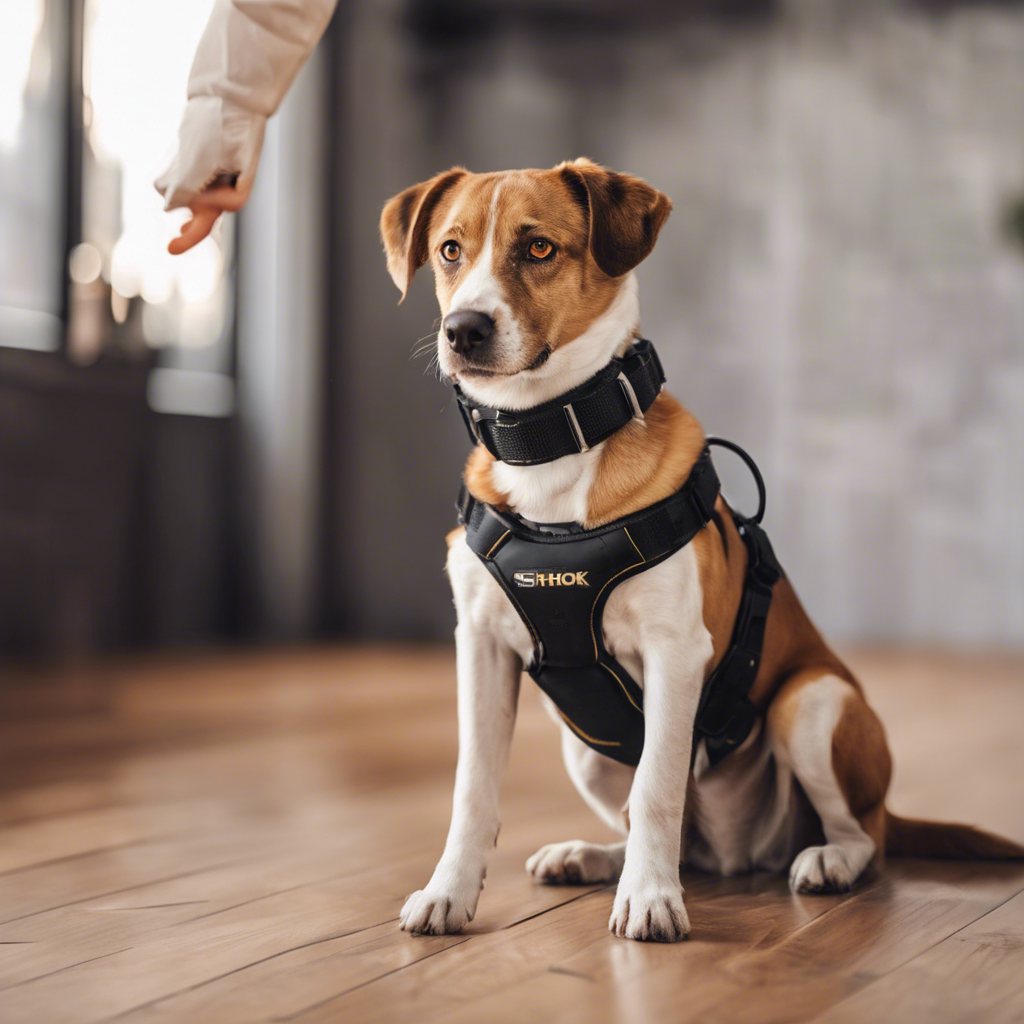
Table of Contents
Shock collars, also called e-collars, are designed to deliver mild electrical stimulation to get your dog’s attention or correct his misbehavior. Although the idea of using a shock collar may seem intimidating, when used correctly, it can be a safe and effective training method. The key is to use it as part of a comprehensive training program that emphasizes positive reinforcement and clear communication.
In this guide, we’ll walk you through the essentials of training your dog with a shock collar, from choosing the right collar to implementing effective training techniques. Our goal is to help you create a training plan that is not only effective but also respectful and kind to your furry friend. Let’s delve deeper and find out the best practices for using a shock collar to train your dog.
Understanding Shock Collars ;
When learning how to train your dog with a shock collar, it is essential to start with a solid understanding of what shock collars are and how they work. Shock collars, or e-collars, are devices that deliver mild electrical stimulation to your dog’s neck, intended to get their attention or correct unwanted behavior.
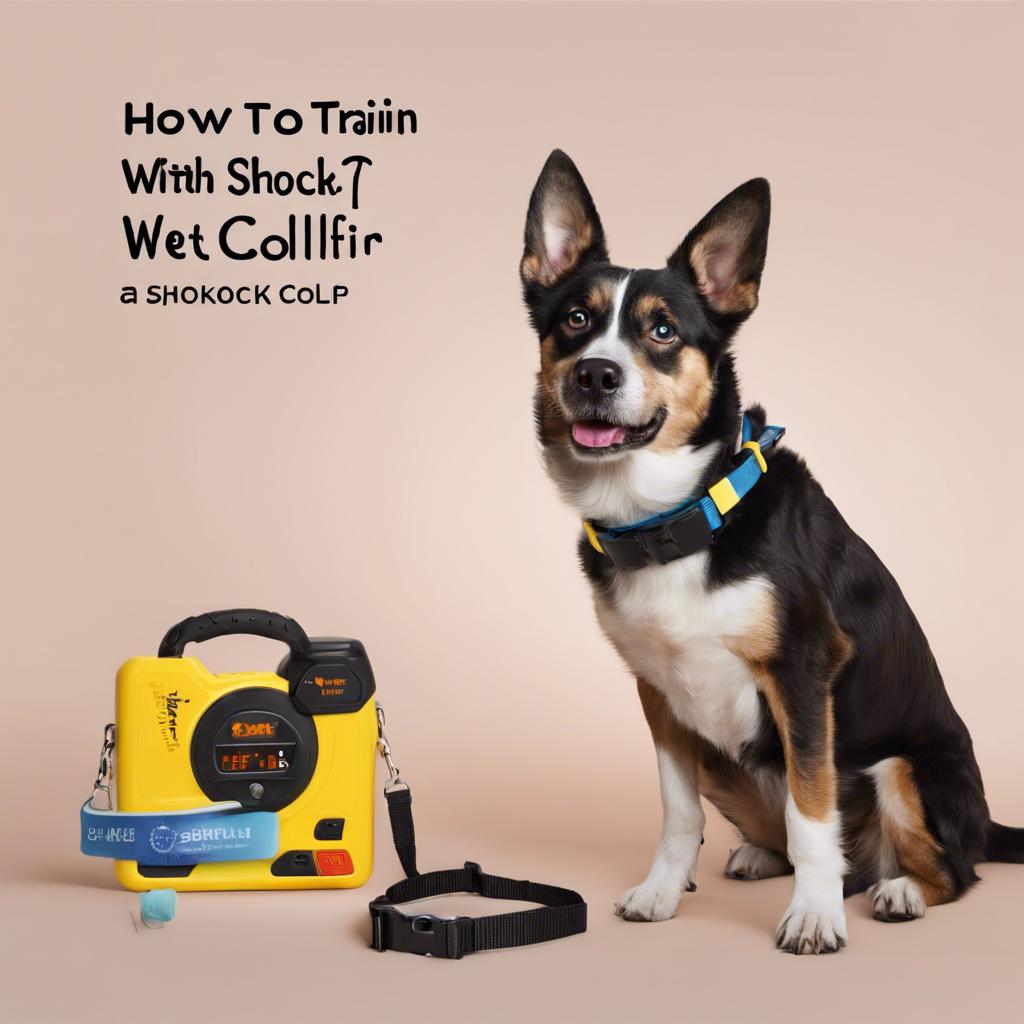
What is a shock collar?
A shock collar, also known as an e-collar or electronic collar, is a training device worn around a dog’s neck. It provides mild electrical stimulation to the dog, usually controlled by a remote held by the trainer. The purpose of a shock collar is to get the dog’s attention or correct unwanted behavior by providing an immediate response.
Modern shock collars often have adjustable settings to control the intensity of stimulation, and some models include additional functions such as vibration, sound, or GPS tracking. When used correctly and responsibly, shock collars can be effective tools for training, but they should be part of a comprehensive training strategy that includes positive reinforcement.
Types of Shock Collars :
There are different types of shock collars available, each designed for specific training needs. Basic training collars offer simple correction settings, while advanced models include features like vibration, sound, and GPS tracking. Choosing the right type depends on your dog’s temperament and training goals.
How Shock Collars Work :
Shock collars are operated via a remote control held by the trainer. When the dog displays unwanted behavior, a button on the remote is pressed to deliver a safe, low-level electric shock. Modern shock collars often include adjustable settings, allowing you to customize the intensity according to your dog’s size and sensitivity.
Benefits and Considerations :
Shock collars can be effective devices when used correctly, providing an immediate response to your dog. However, it is important to balance their use with positive reinforcement techniques to ensure humane and effective training. Always keep an eye on your dog’s reactions and adjust settings as needed to maintain their comfort and safety.
Understanding these basics is an important step in effectively and compassionately training your dog with a shock collar.
Choosing the Right Shock Collar ;
Selecting the right shock collar is an important step in learning how to train your dog with a shock collar. The right collar ensures your dog’s comfort and safety while effectively aiding in training.

Factors to Consider :
- Dog’s Size and Breed: Not all shock collars are suitable for every dog. Smaller dogs require collars with lower intensity settings, while larger breeds may require stronger stimulation.
- Adjustable Settings: Look for collars with adjustable intensity levels. This allows you to make adjustments to suit your dog’s specific needs, while still ensuring humane training.
- Range and Coverage: Depending on where you train your dog, you may need a long-range collar. Some collars are designed for indoor use, while others can cover vast outdoor areas.
- Additional Features: Some collars offer more than just a shock option. Vibration and sound settings can provide alternative ways to get your dog’s attention without using the shock function.
- Build Quality and Comfort: Make sure the collar is made of durable material and has a comfortable fit. A well-fitting collar is important for effective training.
By carefully considering these factors, you can choose the right shock collar that will help train your dog effectively and humanely. This thoughtful selection is an important part of successfully training your dog with a shock collar.
Preparation Before Training ;
It is essential to prepare properly when learning how to train your dog with a shock collar. Proper preparation ensures a smoother, more effective training experience for both you and your dog.

Assessing Suitability
Before you begin, evaluate whether a shock collar is suitable for your dog. Consider your dog’s temperament, age, and specific behavioral issues. Shock collars are generally recommended for dogs with persistent behavioral problems that do not respond to other training methods.
Introducing the Collar
Gradually put the shock collar on your dog. Let your dog wear the collar without activating it for a few days, so they get used to it. This helps reduce any anxiety associated with a new device.
Proper Fit and Adjustment
Make sure the collar fits snugly but comfortably around your dog’s neck. It should be tight enough to make good contact with the skin but not so tight that it causes discomfort. Most collars come with adjustable straps to fit different sizes.
Initial Setup
Familiarize yourself with the collar’s settings. Start with a minimum intensity level and increase it only if necessary. Make sure you understand how to operate the remote control effectively.
Proper preparation is an important step in training your dog with a shock collar, laying the foundation for a positive and effective training experience.
Training Basics ;
It is important to master the basics when learning how to train your dog with a shock collar. Combining traditional training methods with collars ensures a balanced approach that promotes good behavior and strengthens your bond with your dog.
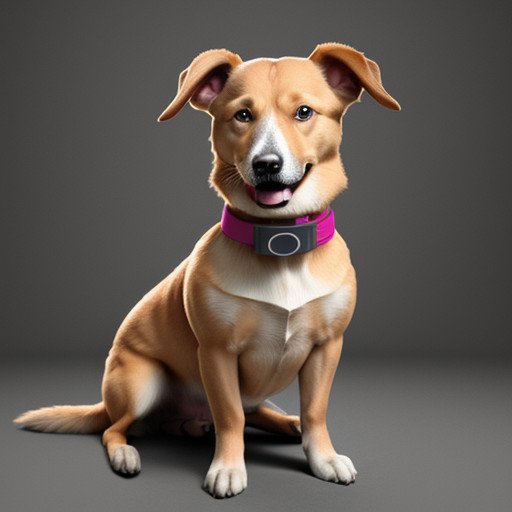
Positive Reinforcement
Even with a shock collar, positive reinforcement should be the cornerstone of your training. Whenever your dog follows commands or displays desired behavior, reward him with treats, praise or play. This creates a positive association and motivates your dog to learn.
Establishing Commands
Start with simple commands like “sit,” “stay,” and “come.” Use the shock collar as a secondary tool to reinforce these commands. Give the verbal command first, and if your dog doesn’t respond, use the lowest shock setting to get his attention, then reward him when he complies.
Timing and Consistency
Time is important in training. Provide encouragement immediately after the unwanted behavior to help your dog make the association. Consistency in your commands and corrections helps your dog understand what is expected of them.
Monitoring Your Dog
Always keep an eye on your dog’s reactions to the shock collar. If you notice signs of stress or discomfort, adjust the settings or take a break. The goal is to train effectively without causing harm or fear.
It is essential to understand these basics of how to train your dog with a shock collar to ensure a humane and successful training process.
Step by Step Training Guide ;
A structured approach is important when learning to train your dog with a shock collar. Following a step-by-step guide ensures clarity and consistency, making the training process easier for both you and your dog.
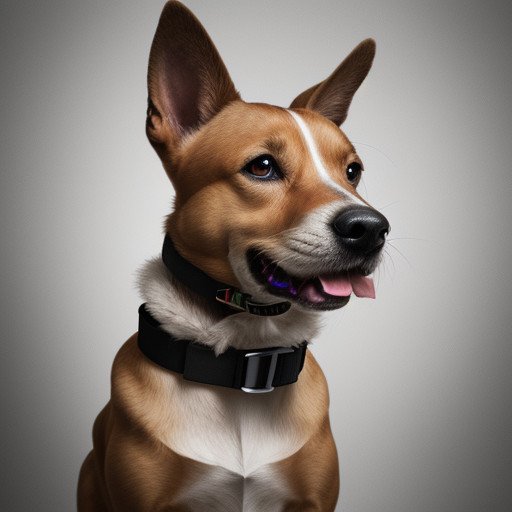
Initial Training Sessions
Start with short, positive training sessions to get your dog accustomed to the collar. Let your dog wear the collar without activation for a few days to get comfortable with it.
Introducing the Shock Stimulus
Start with the lowest intensity setting. Give a simple command like “sit.” If your dog doesn’t respond, press the button to deliver a light shock, followed immediately by the command again. Reward and praise compliance with the behavior.
Gradual Intensity Adjustment
If your dog doesn’t respond to the lowest setting, gradually increase the intensity until you find a level that can get their attention without any discomfort. Always prefer the least effective setting.
Consistent Reinforcement
Use the shock collar consistently but sparingly. Pair the shock with verbal commands and positive reinforcement. For example, if your dog starts ignoring the “come” command, use the collar to prompt them, then reward them when they return to you.
Monitoring Progress
Evaluate your dog’s progress regularly. If your dog shows signs of stress, reduce the intensity or frequency of the shocks. The goal is to reinforce learning, not instill fear.
This step-by-step guide provides a clear outline on how to train your dog with a shock collar, ensuring a balanced and effective training experience.
Advanced Training Techniques ;
Once you’ve mastered the basics, it’s time to delve into advanced training techniques. These methods can help address specific behavioral issues and refine your dog’s obedience skills, improving how to effectively train your dog with a shock collar.

Addressing Specific Behaviors
For persistent problems like excessive barking, aggression or running away, use a shock collar strategically. When your dog displays unwanted behavior, deliver a mild shock followed by a firm command. When your dog stops behaving this way and responds correctly, reward him immediately.
Combining with Other Methods
Integrate the shock collar with other training tools and methods. For example, use the leash and collar together to teach the heel command, or combine the collar with clicker training to reinforce complex behaviors. This multifaceted approach can enhance your dog’s learning experience.
Gradual Reduction of Dependency
As your dog becomes more sensitive, gradually reduce your reliance on the shock collar. Increase use of verbal commands and positive reinforcement. The goal is to have your dog follow commands without the need for a collar.
Maintaining Consistency
Continuity in advanced training is important. Make sure all family members use the same commands and techniques. Regular training sessions help reinforce learned behavior and keep your dog engaged.
Monitoring and Adjusting
Constantly monitor your dog’s progress and adjust training techniques as needed. If your dog withdraws or shows signs of stress, revisit the basic training steps and gradually progress again.
These advanced techniques provide a comprehensive approach to training your dog with a shock collar, promoting a well-behaved and happy pet.
Safety and Ethical Considerations ;
When looking for a way to train your dog with a shock collar, safety and ethics are paramount. Using the collar responsibly ensures your dog’s well-being and promotes a positive training experience.
Potential Risks
If a shock collar is misused, it can cause physical and emotional harm to your dog. Always start with the lowest intensity setting and closely monitor your dog’s reactions. Avoid prolonged or frequent use to avoid strain and discomfort.
Ethical Concerns
Consider the ethical implications of using shock collars. Although it can be an effective training tool, it is important to balance its use with positive reinforcement techniques. A shock collar should never take the place of affection, rewards, and patience in training.
Humane Alternatives
Explore shock collars as well as humane alternatives. Techniques such as clicker training, treat-based rewards, and verbal praise can be highly effective and foster a stronger bond with your dog.
Signs of Stress
Watch for signs of stress in your dog, such as fearfulness, excessive barking or aggression. If this happens, reduce the intensity or frequency of the shocks, or stop training to reevaluate your approach.
Regular Reviews
Review your training methods regularly and make adjustments as needed. Consult professional trainers if you are unsure about proper use of a shock collar.
It is essential to prioritize safety and ethical considerations when training your dog with a shock collar to ensure a compassionate and effective training journey.
Common Mistakes to Avoid ;
When learning to train your dog with a shock collar, avoiding common mistakes can greatly improve the training experience and ensure your dog’s well-being.
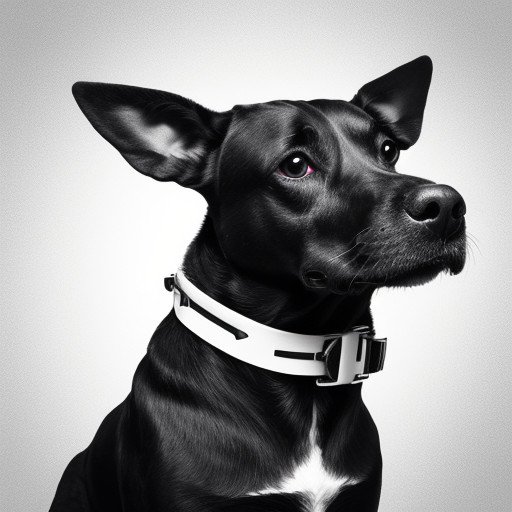
Overusing the Shock Collar
A big mistake is overusing shock collars. Using it repeatedly may make your dog fearful or stressed. Limit its use to important moments and always pair it with positive reinforcement.
Inconsistent Training
Inconsistent training confuses your dog. Make sure all orders and corrections are consistent. If multiple people are involved in training, everyone should follow the same methods and commands to avoid mixed signals.
Incorrect Collar Fit
An improperly fitted collar may cause discomfort or ineffective correction. Make sure the collar fits snugly but comfortably around your dog’s neck. Check your dog regularly to adjust for any changes in size or weight.
Ignoring Your Dog’s Signals
Pay attention to your dog’s reactions. Signs of stress, such as getting scared, skittishness or aggression, indicate that the intensity may be too high or that the training is too intense. Adjust accordingly to ensure your dog’s comfort and safety.
Lack of Positive Reinforcement
Relying solely on a shock collar without positive reinforcement is ineffective. Always reward your dog for correct behavior with a treat, praise or play. This creates a positive association with the training.
By avoiding these common mistakes, you can effectively learn how to train your dog with a shock collar, ensuring a humane and successful training experience.
Success Stories and Testimonials ;
Real-life success stories and testimonials from dog owners and trainers highlight the effectiveness of using shock collars responsibly in dog training.

Case Studies
Many dog owners have shared how the shock collar helped them deal with stubborn behavior like excessive barking or chasing. For example, Sarah from Ohio used a shock collar to train her Labrador retriever to stop jumping on guests. With consistent training and positive reinforcement, their dog now welcomes visitors peacefully.
Professional Trainer Insights
Professional trainers often share success stories of dogs overcoming behavioral challenges through targeted shock collar training. They emphasize the importance of pairing shock correction with rewards and praise to effectively reinforce desired behavior.
Improved Obedience and Safety
Dog owners appreciate how the shock collar improves their dog’s obedience and safety, especially in off-leash environments. For example, Jack from California successfully trained his adventurous Border Collie to respond reliably to recall commands by using a shock collar during hikes.
Testimonials
Testimonials highlight the transformative impact of responsible shock collar use on strengthening the bond between owners and their dogs while achieving behavioral goals.
These success stories and testimonials emphasize that training your dog with a shock collar can be a valuable tool when used thoughtfully and with care.
** Conclusion **
Learning to train your dog with a shock collar requires a balanced approach that prioritizes your dog’s well-being and promotes effective communication. While shock collars can be useful tools for addressing specific behaviors, they should always be used responsibly and with positive reinforcement techniques.

Recap of Key Learnings
Throughout this guide, we’ve explored the basics of shock collars, from choosing the right collar to implementing training techniques. We stress the importance of starting at a low intensity, ensuring proper fit, and closely monitoring your dog’s response.
Encouragement for Responsible Training
Effective training is not just about correcting behavior but also about building trust and understanding between you and your dog. By combining patience, consistency, and kindness, you can achieve lasting results while maintaining a strong bond.
Invitation for Further Exploration
Continue to educate yourself on different training methods and seek professional guidance if necessary. Each dog is unique, and finding the right approach may require experimentation and adjustment.
Learning to train your dog with a shock collar is a journey that evolves with your dog’s progress and your growing understanding of their needs. With dedication and compassion, you can create a positive training experience that will benefit both you and your beloved pet.
Resources and Further Reading ;
Exploring additional resources and reading further can enrich your understanding of how to responsibly and effectively train your dog with a shock collar.
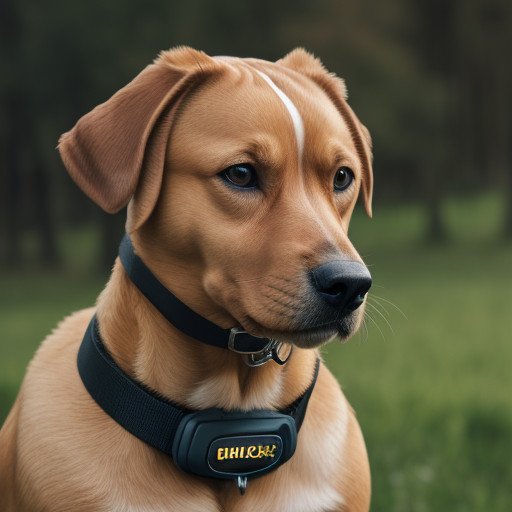
Recommended Books and Articles
- “The Power of Positive Dog Training” By Pat Miller – Emphasis is placed on positive reinforcement techniques along with training devices such as shock collars.
- “Training Your Dog with a Remote Training Collar” By Michael McManus – Provides insight into using remote training collars, including shock collars, with a focus on humane training methods.
Professional Websites
- Association of Professional Dog Trainers (APDT) – Provides articles and resources on various training methods, including distance training collars.
- American Kennel Club (AKC) – The training provides tips and advice on using training equipment responsibly.
Online Resources
- Dog training forums and communities – Platforms like Reddit’s r/DogTraining or forums on websites like Dogster can provide insight and advice from experienced dog owners and trainers.
Seeking Professional Guidance
Consider consulting a certified dog trainer or behaviorist for personalized advice on the use of a shock collar. They can offer tailored strategies and make sure you are using the collar safely and effectively.
Conclusion
These resources can supplement your knowledge and help you make an informed decision about training your dog with a shock collar. Remember, responsible training is important to foster a positive relationship with your dog while achieving behavioral goals.
You might be interested in reading this post as well What is a Martingale Dog Collar
“Mastering Dog Training with Shock Collars: A Comprehensive Guide to Safe and Effective Methods” Introduction :- how to train your dog with a shock collar Training a dog can be a rewarding experience, but it can also come with its fair share of challenges, especially when dealing with behavioral issues. If you’ve ever wondered how…
You can read this posthttps://tomeshnews.co.in/how-to-tighten-dog-collar/
Are shock collars safe for dogs?
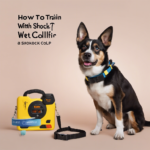
Shock collars can be safe when used correctly and responsibly. It’s important to start with the lowest intensity level, ensure proper collar fit, and closely monitor your dog’s reactions.
How do shock collars work?

Shock collars deliver a mild electric stimulus to your dog’s neck via a remote control. They are designed to capture your dog’s attention or correct unwanted behaviors when paired with verbal commands.
Can shock collars harm my dog?

Misuse or overuse of shock collars can potentially harm your dog, causing stress or physical discomfort. It’s crucial to follow manufacturer guidelines and seek professional advice if unsure.
Are there alternatives to shock collars?

Yes, alternatives include positive reinforcement techniques such as clicker training, treats, and praise. These methods can effectively train dogs without the use of aversive tools.
How can I tell if my dog is responding well to the shock collar?

Watch for positive behavioral changes and signs of understanding commands. Your dog should respond to minimal shocks with improved obedience and reduced unwanted behaviors.
Can shock collars be used for all breeds and ages of dogs?

Shock collars are generally suitable for most breeds and ages, but suitability varies. Consult with a veterinarian or trainer to determine if a shock collar is appropriate for your specific dog.
